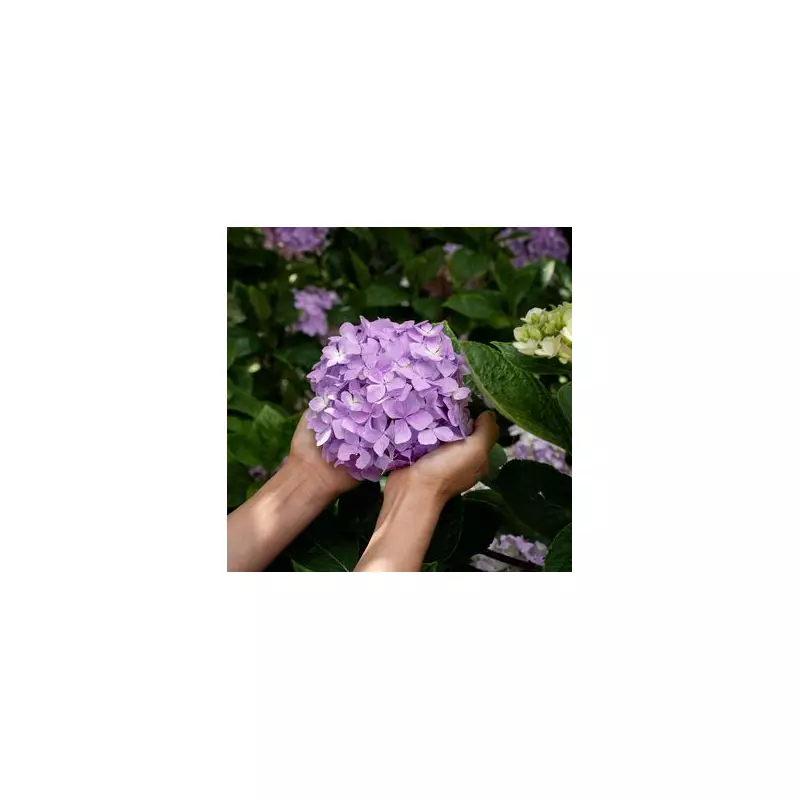
Hydrangeas are the undisputed royalty of British gardens, with their magnificent, cloud-like blooms bringing elegance and colour to our outdoor spaces from summer through autumn. But achieving those picture-perfect flowers requires knowing a few key secrets that separate amateur growers from gardening pros.
The Soil Secret: Unlocking Your Hydrangea's True Colours
Did you know you can actually influence your hydrangea's colour? The secret lies in your soil's pH level. Acidic soils (pH below 6) will produce stunning blue flowers, while alkaline conditions (pH above 7) result in beautiful pink blooms. For those dreaming of violet shades, aim for neutral ground around pH 6-7.
Perfect Planting: Setting Your Hydrangeas Up for Success
Timing is everything when planting hydrangeas. Early autumn or spring are ideal, giving plants time to establish roots before extreme weather hits. Choose a spot with morning sun and afternoon shade, and dig a hole twice as wide as the root ball. Mix in plenty of organic matter like compost or well-rotted manure for nutrient-rich foundations.
Watering Wisdom: The Goldilocks Principle
Hydrangeas are famously thirsty plants, but they dislike waterlogged roots. The key is consistent moisture – think damp sponge rather than swimming pool. During hot spells, water deeply every few days rather than light daily sprinklings. Early morning watering reduces evaporation and prevents fungal diseases.
Pruning Made Simple: Know Your Variety
Many gardeners fear pruning hydrangeas, but it's simpler than you think:
- Mophead & Lacecap varieties: Prune in spring, removing only dead wood and last year's flower heads
- Paniculata & Arborescens: Can be cut back harder in early spring for larger flowers
- Climbing hydrangeas: Require minimal pruning, just shape after flowering
Winter Protection: Shielding Your Investment
British winters can be tough on hydrangeas, especially newly planted specimens. Apply a thick mulch of bark or straw around the base in late autumn to protect roots from frost. For container plants, move to a sheltered spot or wrap pots in bubble wrap during cold snaps.
Container Gardening: Hydrangeas in Small Spaces
No garden? No problem! Hydrangeas thrive in containers if you follow these rules: choose a pot at least 40cm diameter, use quality compost with added water-retaining crystals, and feed regularly during growing season. Dwarf varieties like 'Little Lime' are perfect for patio displays.
Troubleshooting Common Problems
Brown leaf edges usually indicate underwatering or scorching from too much direct sun. Lack of flowers often results from incorrect pruning or insufficient sunlight. Yellow leaves may signal overwatering or nutrient deficiency – a balanced feed usually solves this.
With these expert techniques, your hydrangeas will become the envy of the neighbourhood, providing spectacular displays that improve year after year. The secret isn't having a green thumb – it's understanding what these beautiful plants really need to thrive in our British climate.





